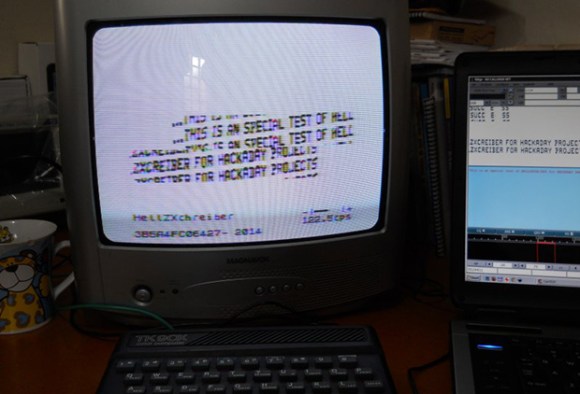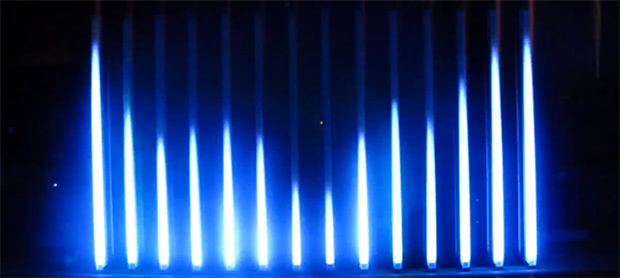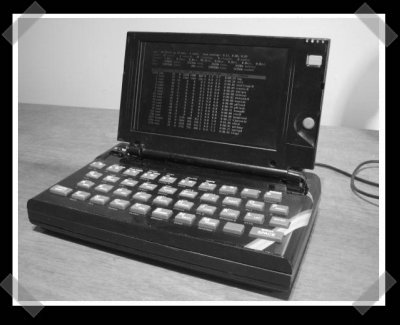
Hellschreiber – German for ‘light pen’ – was developed in the 20s as a way to transmit text in a way that was much more robust than the teletypes of the time. These devices were used to great effect by the Germans in WWII, and later became popular with wire services and was used until the 80s. The fax machine then happened, and no one really cared about Hellschreiber, save for a few plucky amateur radio enthusiasts.
In the early 90s, a few of these amateur radio enthusiasts realized they could use their personal computers to communicate with this extremely simple protocol that’s also very resilient against interference and weak radio links. [Danjovic] is following in their footsteps by decoding Hellschreiber on an old ZX Spectrum clone.
[Danjovic] tested his code with the sound sample found in the Hallschreiber wiki article and some text generated by Fldigi. Everything works beautifully, an [Dan] can even change the intensity of the text with the volume control – a very useful feature should the HellZXchreiber ever make it out into the field.
Source and image files available for all you strange Speccy fans. Everyone else can check out the videos below.














